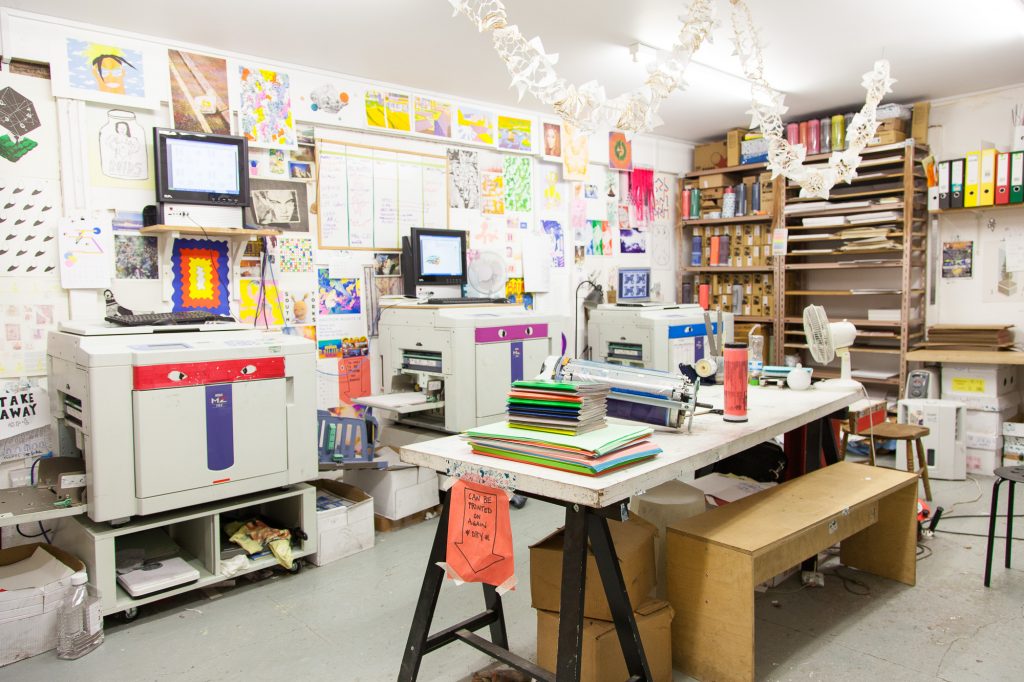Lecture with Alec Dudson and Kenjiro Kirton Hato from Hato Press
Lecture with Alec Dudson and Axel Peemoeller and Rita Matos from New Studio
The lectures this week covered a lot of very practical issues that come with global collaboration. I have nearly twenty years of living multiple time-zones away from friends and family and the most important thing is to establish time schedules. Knowing and understanding the impact of global working means being careful to negotiate overlapping working times for communication and sticking to them. Within a group working context, being able to collaborate through time zones can be helpful, as you can pass on a project to a colleague and work can continue through your down-time.
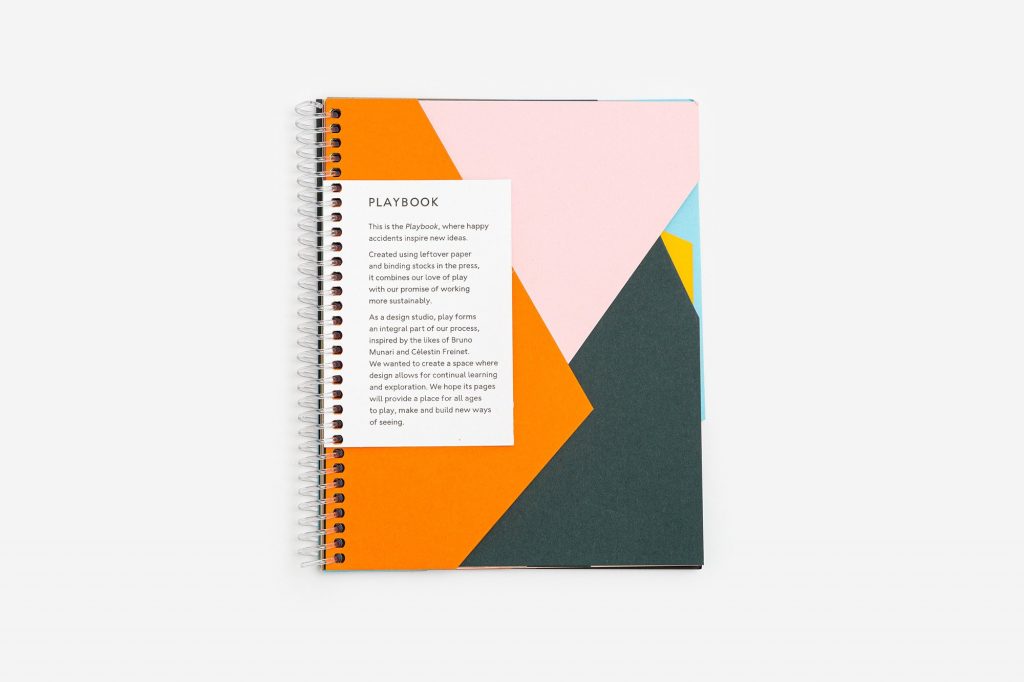
The interview with Kenji Hato was especially of interest to me. It seems that the universe is encouraging me in my idea of setting up a community risograph press, and it is heartening to hear how people with the same goals have successfully accomplished them. Interestingly, they have recently shut down Hato Press as a commercial printer and will be reimagining the company, so it is something to watch out for. I love their approach to design through play, it is always nice to be reminded that creativity can be fun and engaging and unexpected, which can be easily lost in the world of deadlines and daily slog.
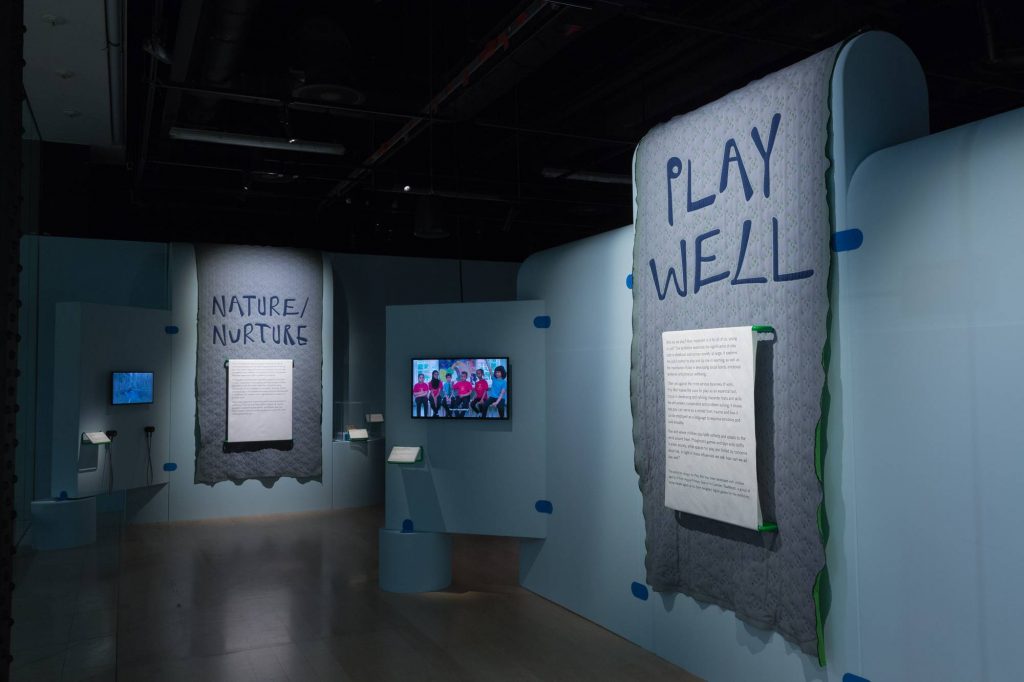
Hato also focus on collaborations, working with groups and letting projects develop with input from a wide range of people. I am feeling quite isolated in my work at the moment, and would love to be able to have more creative input from outside of myself.

New Studio were also very engaging – as they’d only been working in that manner for six months at the time the lecture was recorded, I’d be interested in a followup interview with them to see how working as a collective has developed over the last few years.
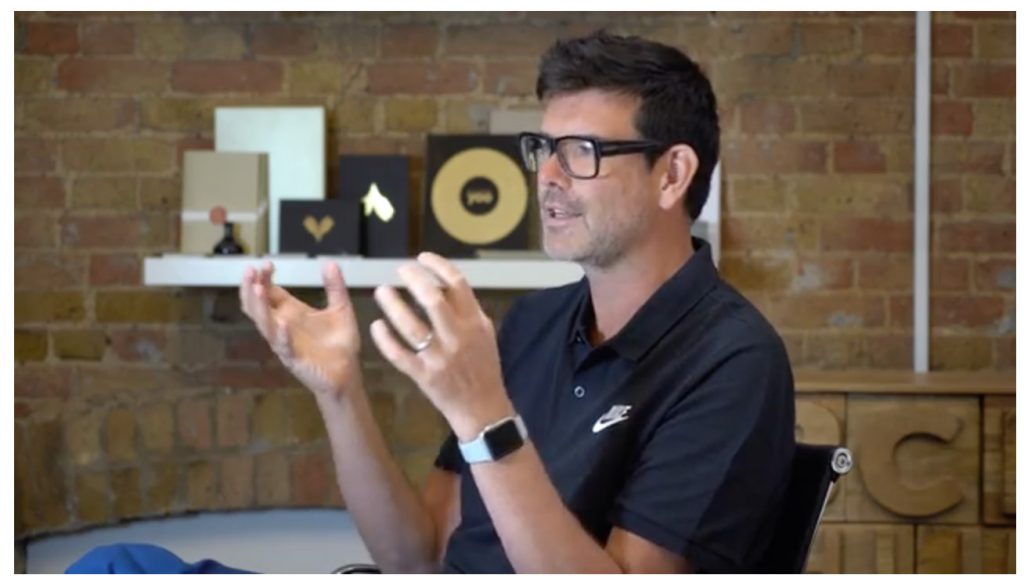
The third lecture was very interesting. You could see a real generational divide among who understood and felt comfortable with the idea of an online course and in online engagement in general. I find it interesting that one of the major side effects of the pandemic is how society has been forced to engage with the idea of working from home and remote access to learning, socialising, meetings, etc. I’ve been working in a hybrid fashion for the last 5-6 years, a proven track record of working flexibly part time in an office and part time from home. In spite of this, I’ve had multiple job interviews go south as soon as I mentioned flexible working. Even among design companies, where a higher proportion of workers have had experience working freelance or in unconventional ways, there was still such a strong emphasis on being in an office. I’ve now been told I can work from home indefinitely, and while I’d prefer to be able to go in occasionally when it is safe to do so, I’m relieved to not have to commute every day.

David Turner had some interesting ideas as well – “I believe young designers should stay open minded and as diversified as possible until they find something they really love. then put all their eggs in that basket and try to become the best in the world. that doesn’t mean becoming disconnected from other disciplines. no design discipline exists in isolation, and all disciplines evolve, so remaining engaged in other areas keeps your skill set relevant.” (Andy 2012) I’m not sure I believe this, but then realise that I have become very trapped in thinking of myself specifically as a print designer. It seems that unless you are looking at an agency, a lot of job openings are very broad and written by people who don’t understand design. Instead they have crammed as many buzzwords as they can into a job posting, and are actually asking for five different specialities they’ve umbrella’d under a “junior” title (not to mention a junior wage!) Being very specific about what you do is incredibly helpful if you are going it alone or starting your own studio.
Workshop Challenge
Based on some of the debates and discussion covered so far, outline a series of ideas that could help you to work in new and more exciting collaborative ways.
I’ve identified three main options for this week’s challenge, but I’m not sure how relevant to the task they are so will need to do more research.
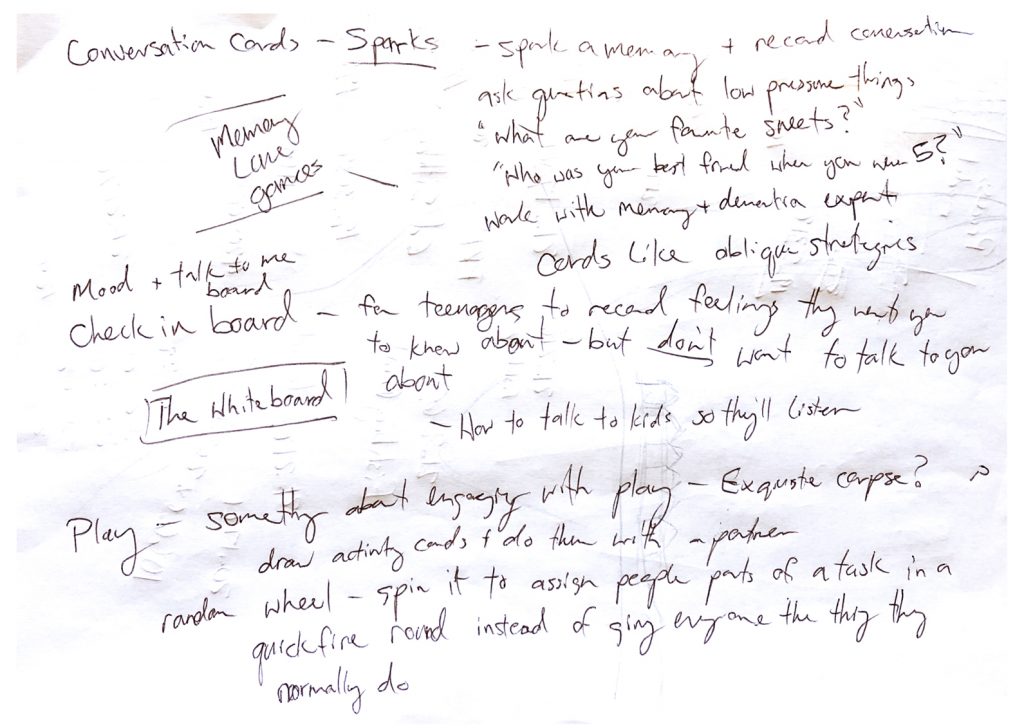
- Memory sparking cards
I was very interested in Mark’s initial post about memory and old age on the ideas wall.
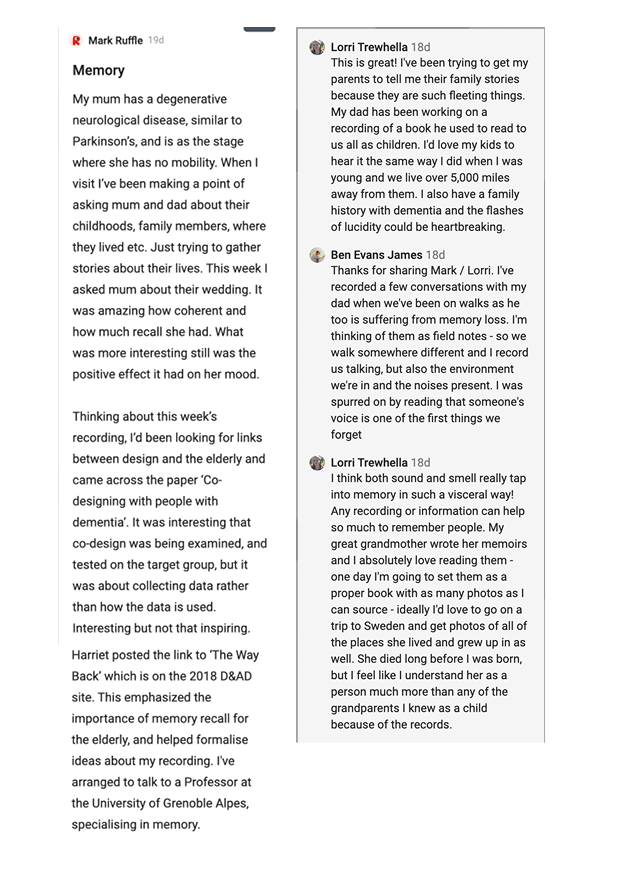
I started thinking about how important it is to record the stories and history of those you love, and how it is the little things that are the most interesting. I could create a set of prompts – cards with random, low stress questions to ask loved ones while recording the conversation in some way – an audio recording, a booklet or journal. These conversation cards will spark new topics and avenues to explore, and will help deepen relationships as well as being an avenue to capture that flash of personality that is so easily lost as generations pass.
2. Collaboration through play
One of the things I picked up on in my interview with Brandy Jeffryes during week six was the power of childhood creativity. This is an intuitive spark that can dim or gutter out completely by adulthood. A powerful way to engage with this creativity is through play, bypassing the learned behaviours that can block your access to creative thought and letting your mind create new connections and thoughts. Play is inherently collaborative, and I think a workshop or kit could work very well to help groups of any size connect, play and collaborate.
3. Check in board for teenagers
My last idea is a communication tool for families, a mood/check in board for teenagers. By giving them a white board with emotion icons and space to write, it is a low stress way to signal to carers how they are feeling and if they need to talk about something. A good day could be a smiley face and joke, a bad day just a scribble of anger or frustration. This could also handle a complex day where a child is having a tough time, but indicates they are open to talking, or conversely, to just leave them alone. As of next month I’ll officially have a teenager in the house, but the mood swings and attitude have been in full force already. Young people can struggle to communicate effectively, often wanting to talk to their parents or caregivers but being shy or avoidant of bringing things up. This can result in bottling feelings only for them to finally explode. Other times they have things they need to communicate, but do *not* want to talk about. In Adele Faber and Elaine Mazlish’s book, How to Talk So Teens Will Listen and Listen So Teens Will Talk, they point out how important it is to acknowledge and validate a young person’s feelings, as well as giving pointers on how to actively listen rather than talk over or push to fix or punish a situation straight away. Communication is vital to a healthy relationship and adolescence is a tricky time to navigate. I’m not sure this hits the “collaboration” button of the task this week, but I could see developing it just to use within my own household.
References
ANDY, Butler. 2012. “David Turner (Turner Duckworth) Interview.” designboom | architecture & design magazine [online]. Available at: https://www.designboom.com/design/david-turner-turner-duckworth-interview/ [accessed 13 Jul 2021].
BORIS, S., FINN, T., HOUSE, J., MANCHIPP, S., SOELLING, K., WINSTON, S. 2021. Week 7c [lecture]. GDE710 for MA Graphic Design. Falmouth: Falmouth University 2020 [Accessed 11 July 2021]
“Children Molding Clay on the Table · Free Stock Video.” 2021. Pexels.com [online]. Available at: https://www.pexels.com/video/children-molding-clay-on-the-table-8160130/ [accessed 25 Jul 2021].
DUDSON, A., HATO, K., 2021. Week 7a [lecture]. GDE710 for MA Graphic Design. Falmouth: Falmouth University 2020 [Accessed 11 July 2021]
DUDSON, A., MATOS, R., PEEMOELLER, A. 2021. Week 7b [lecture]. GDE710 for MA Graphic Design. Falmouth: Falmouth University 2020 [Accessed 11 July 2021]
“Elderly Couple Looking at a Photo Album with Granddaughter · Free Stock Video.” 2021. Pexels.com [online]. Available at: https://www.pexels.com/video/elderly-couple-looking-at-a-photo-album-with-granddaughter-8308576/ [accessed 25 Jul 2021].
INDEED EDITORIAL TEAM. 2020. “The 9 Different Types of Entrepreneurship.” Indeed Career Guide [online]. Available at: https://www.indeed.com/career-advice/career-development/types-of-entrepreneurship [accessed 29 Jul 2021].
“Keeping Creative at Home: Creative Collaboration from a Distance | a New Direction.” 2020. Anewdirection.org.uk [online]. Available at: https://www.anewdirection.org.uk/blog/keeping-creative-at-home-creative-collaboration-from-a-distance [accessed 26 Jul 2021].
“Photo by Kat Wilcox on Pexels.” 2018. Pexels.com [online]. Available at: https://www.pexels.com/photo/four-men-sitting-on-platform-923657/ [accessed 26 Jul 2021].
“Photo by MART PRODUCTION on Pexels.” 2021. Pexels.com [online]. Available at: https://www.pexels.com/photo/a-lonely-woman-sitting-by-herself-8458850/ [accessed 26 Jul 2021].
TECTONIC. 2020. “2020 Rebrand: The Customer Insights Consultancy — Tectonic.” Tectonic [online]. Available at: https://mandolin-blueberry-69e7.squarespace.com/blog/tectonic-20-the-customer-insights-consultancy [accessed 25 Jul 2021].
“Woman Using Smartphone · Free Stock Video.” 2021. Pexels.com [online]. Available at: https://www.pexels.com/video/woman-using-smartphone-6593812/ [accessed 25 Jul 2021].
“Women Playing Pick up Sticks · Free Stock Video.” 2021. Pexels.com [online]. Available at: https://www.pexels.com/video/women-playing-pick-up-sticks-6958272/ [accessed 25 Jul 2021].
